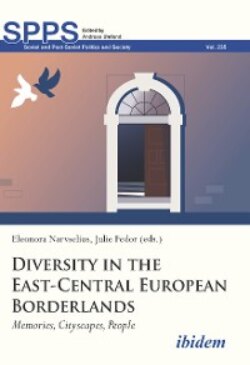Читать книгу Diversity in the East-Central European Borderlands - Группа авторов - Страница 30
На сайте Литреса книга снята с продажи.
Wrocław in Post-Socialist Poland
ОглавлениеAs a whole, Breslau/Wrocław reflects central aspects of European twentieth-century history, including Nazi terror, the Holocaust, severe wartime fighting and damage, changing frontiers, and expulsion of the population. The post-socialist authorities have aimed for the city to play an important role in European reconciliation and East–West contacts (Thum 2011: xv–xvi). Today there is a more open attitude towards the German, Jewish, and Czech heritage. Wrocław has been launched as a multicultural and tolerant city, especially symbolized by the rather well-preserved district Dzielnica Czterech Świątyń, “The Four Shrines Neighborhood,” with the Jewish center and the restored White Stork Synagogue, the Roman Catholic St Nicholas Church, the Greek-Orthodox Cathedral of the Virgin Mary’s Nativity, and the Evangelical-Augsburg Lutheran Church of God’s Providence. The revived Jewish center also includes cultural organizations and a restaurant around the courtyard where Jews were assembled for deportations. However, the small present Jewish community has no roots in the pre-war city. The Nobel Prize winners, although none of Polish origin, are commemorated in the university. Memorial plaques have been put up for figures such as Edith Stein, Max Born, and Norbert Elias, for the destroyed large synagogue, and the assembly site for Holocaust deportations.
